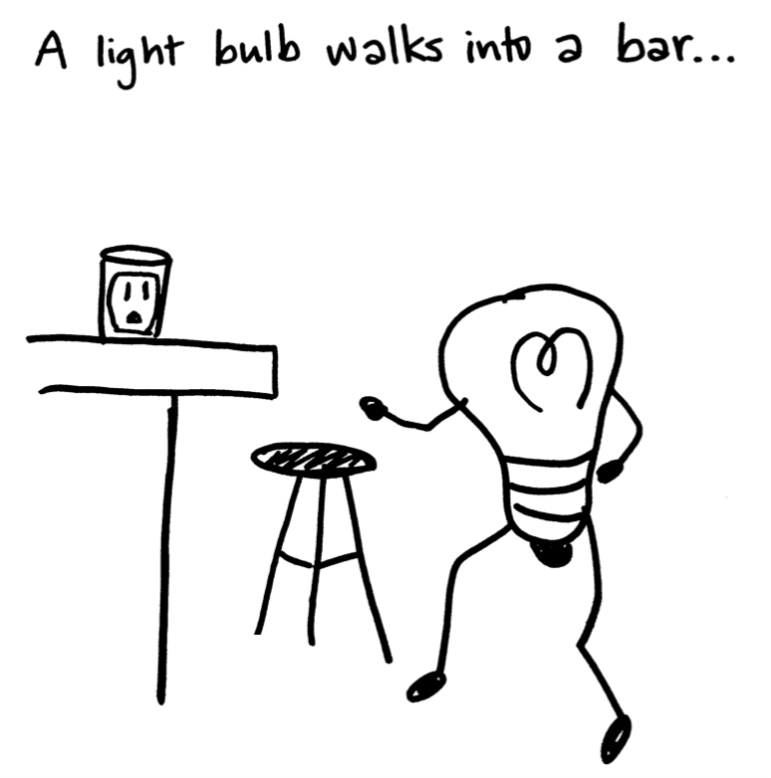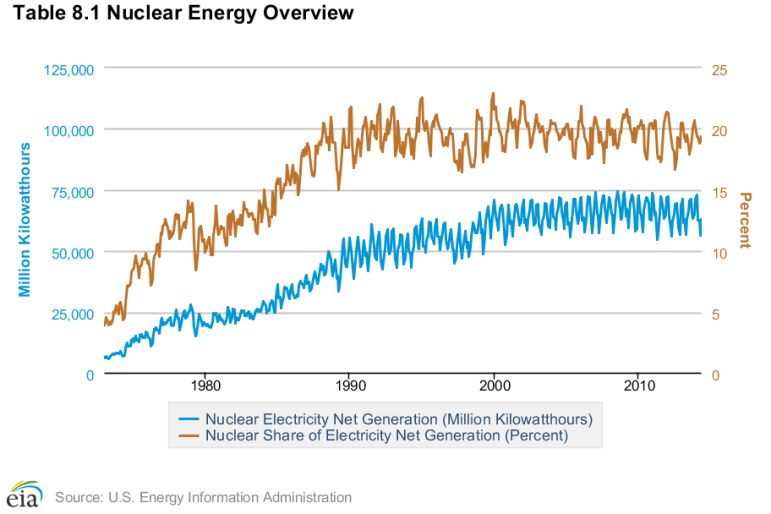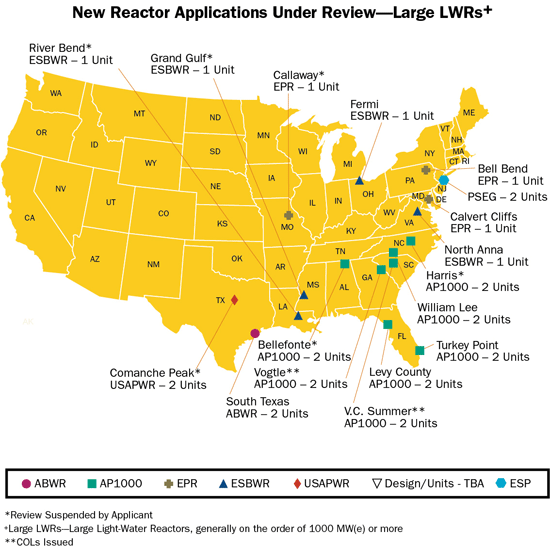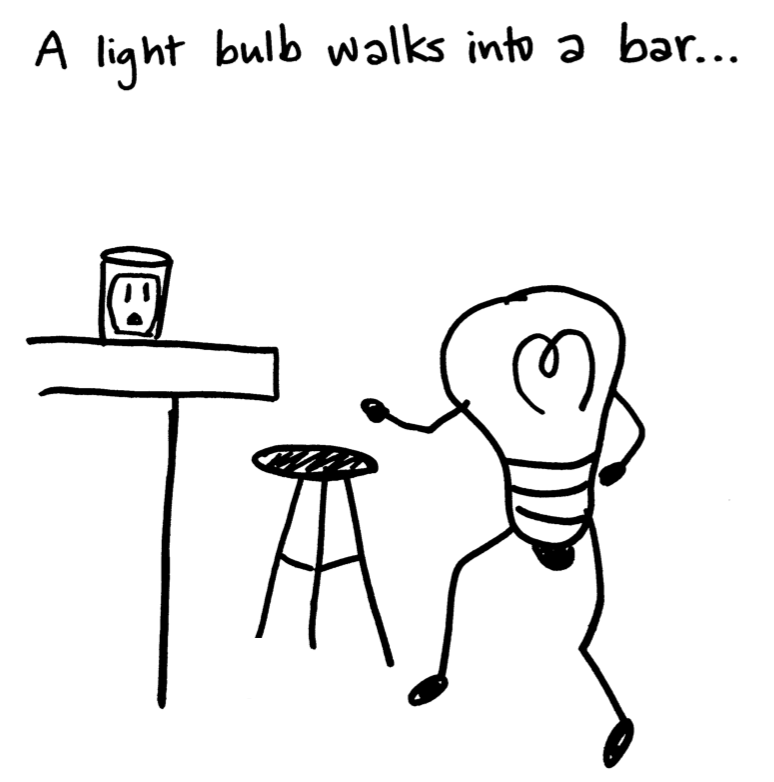
Jordan Wirfs-Brock / Inside Energy
A light bulb walks into a bar…
Are you ready for Watts Bar 2? Tennessee is.
Watts Bar actually is what it sounds like: a watering hole for light bulbs. It’s a nuclear reactor. And not just any nuclear reactor. As James Conca wrote in Forbes this week, it will be “the first nuclear unit to come online in the U.S. since its sister reactor, Watts Bar 1, came on line in 1996.” (Who knew nuclear reactors were female?) And, Conca reported, it should start operating next year.
What I found most striking about Conca’s account of Tennessee’s new nuclear arrival was this:
“Watts Bar 2 construction was halted in 1988 because of low electricity demand from the economic recession, as were most of the newly planned reactors across the country.”
So, Watts Bar 2 is a brand new reactor that is pushing 30? Turns out, the Tennessee Valley Authority first got a building permit for Watts Bar 2 in 1973.
This reactor may be the first of many new nuclear facilities in the U.S.: The Chicago Tribune reported that, according to EPA administrator Gina McCarthy, new state carbon emissions targets are designed in part to incentivize nuclear power.
With nuclear potentially playing a bigger role in America’s energy future, it’s a good time to answer some basic questions.
How many nuclear power plants are operating in the U.S. now?
According to the United States Nuclear Regulatory Commission, there are 100 commercial reactors – here’s a list – which are housed at 62 power plants. There are also 36 reactors used for research purposes at universities and labs.
A reactor is an individual nuclear unit. A plant might operate more than one reactor, like Watts Bar Nuclear Plant, which will soon be operating Watts Bar 1 and Watts Bar 2.
Here’s a map of currently operating U.S. Nuclear Power Plants (data from the Energy Information Administration):
(Actually the one in the lower left corner of the country, in San Diego county, has been decommissioned and is no longer operational – the map needs updating!)
Most of them are located in the Southeast, Mid-Atlantic, and Midwest, with very few in the West, and none in our Inside Energy focus states Colorado, North Dakota and Wyoming.
How much of U.S. electricity comes from nuclear?
It fluctuates, but generally around one-fifth of U.S. electricity is generated by a nuclear reactor. Here’s a graph from the EIA (view an interactive version here) showing the total nuclear generation (blue line) and the percent of U.S. electricity that comes from nuclear (brown line):

Nuclear generating capacity fluctuates over time, but generally provides 20% of U.S. electricity. Image credit: Energy Information Administration.
Are there other new reactors planned, or is Watts Bar 2 the only one?
More nuclear reactors are in the works. Here’s a map, from NRC, of reactors with submitted license applications:

Image Source: U.S. Nuclear Regulatory Commission.
But, as Watts Bar 2 shows, there’s a lot that can happen – recessions, political turnover – and decades can pass between a new reactor being approved and actually coming to fruition.
Have other nuclear – or general energy – questions? Send them to us on Twitter or Facebook.
(By the way, if you were wondering what would happen if you went for a swim in a nuclear fuel pool, you can find the answer here.)
Next Steps?
These federal agencies have a wealth of information on nuclear energy:
- Energy Information Administration – Nuclear explained
- U.S. Nuclear Regulatory Commission – Policies and regulation; current and planned nuclear reactors








